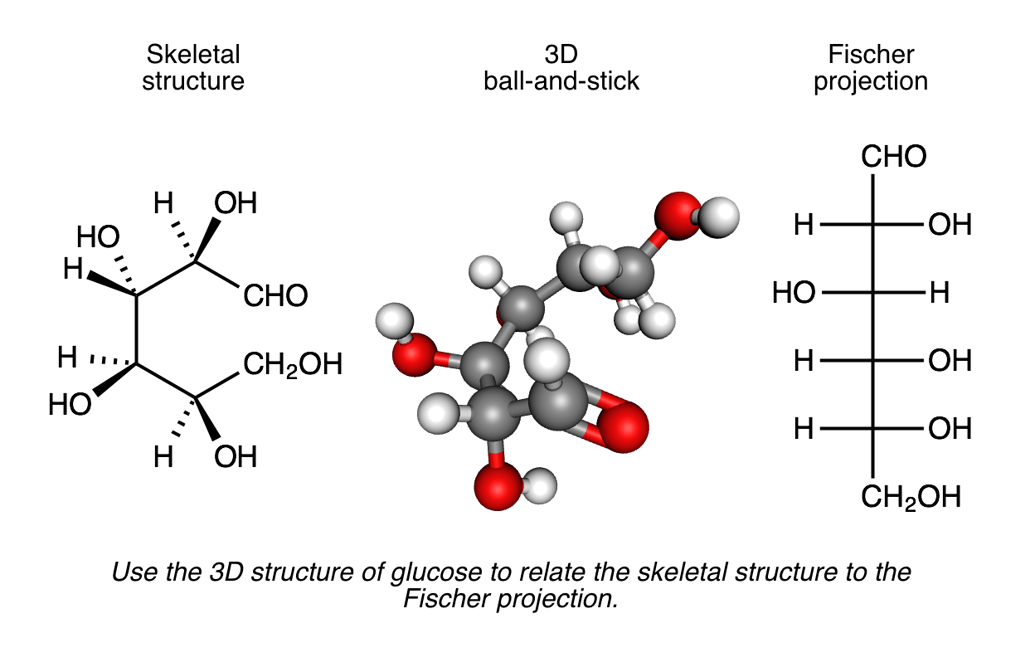

In these cases, the – e ending of the parent alkane is retained.įigure 14.1 “IUPAC Rules for Alcohols” shows some examples of the application of these rules. If more than one OH group appears in the same molecule (polyhydroxy alcohols), suffixes such as – diol and – triol are used.(In cyclic alcohols, the carbon atom bearing the OH group is designated C1, but the 1 is not used in the name.) Substituents are named and numbered as in alkanes. The number that indicates the position of the OH group is prefixed to the name of the parent hydrocarbon, and the – e ending of the parent alkane is replaced by the suffix – ol.The chain is numbered from the end nearest the OH group. The longest continuous chain (LCC) of carbon atoms containing carbon atom to which the the OH group is attached is considered the parent compound-an alkane with the same number of carbon atoms.Here are some basic IUPAC rules for naming alcohols:
#General formula for an alcohol chemdoodle series
The family also includes such familiar substances as cholesterol and the carbohydrates.Īs we noted in Chapter 4 “Covalent Bonding and Simple Molecular Compounds”, Section 4.6 “Introduction to Organic Chemistry”, methanol (CH 3OH) and ethanol (CH 3CH 2OH) are the first two members of the homologous series of alcohols.Īccording to the International Union of Pure and Applied Chemistry (IUPAC), alcohols are named by changing the ending of the parent alkane name ( Chapter 12 “Organic Chemistry: Alkanes and Halogenated Hydrocarbons”, Section 12.5 “IUPAC Nomenclature”) to – ol. Most people are familiar with ethyl alcohol (ethanol), the active ingredient in alcoholic beverages, but this compound is only one of a family of organic compounds known as alcohols. Table 12.4 “Common Alkyl Groups” presents some common alkyl groups.)Īlcohols are common in nature. (For more information about alkyl groups, see Chapter 12 “Organic Chemistry: Alkanes and Halogenated Hydrocarbons”, Section 12.5 “IUPAC Nomenclature”. Because OH is the functional group of all alcohols, we often represent alcohols by the general formula ROH, where R is an alkyl group.

Notice that the left-hand side of the ethanol molecule is unchanged. It is easier to understand what happens if ethanol is shown as CH 3 CH 2 OH in the balanced equation:Įthanol + oxidising agent → ethanoic acid + waterĮach of the two oxygen atoms provided by the oxidising agent are shown as. 2D Graphics The best graphics in chemistry Pixel Perfect We spend a very long time scrutinizing the graphics output in ChemDoodle. For example, ethanol can be oxidised to ethanoic acid using an oxidising agent. ChemDoodle 2D contains thousands of chemistry features, helping you produce the highest quality graphics and saving you hours of work. However, the alcohols can also be chemically oxidised, without combustion in oxygen, to produce carboxylic acids. For example, ethanol is used as a fuel:Įthanol + oxygen → carbon dioxide + water The alcohols undergo complete combustion to form carbon dioxide and water.


 0 kommentar(er)
0 kommentar(er)
